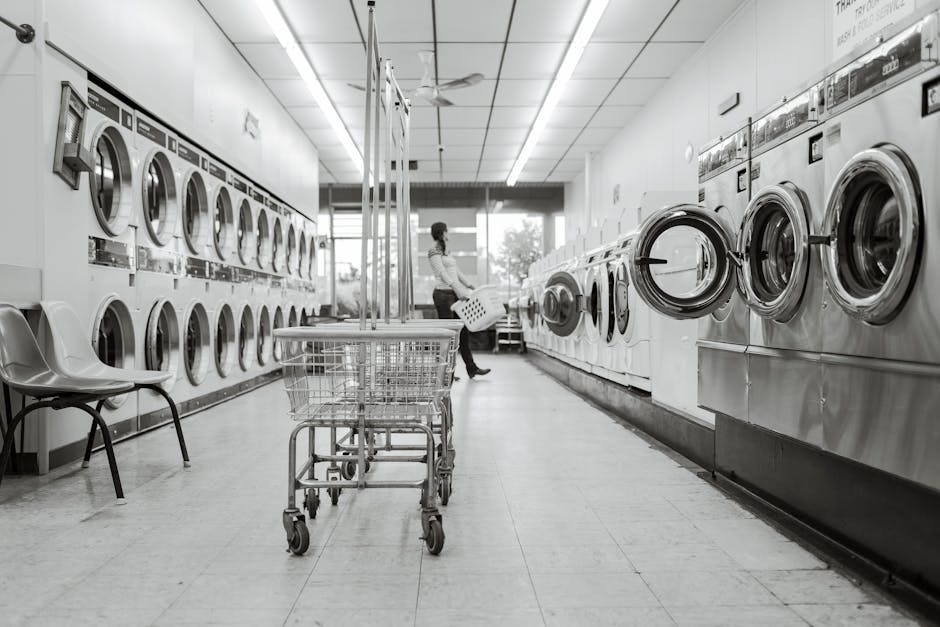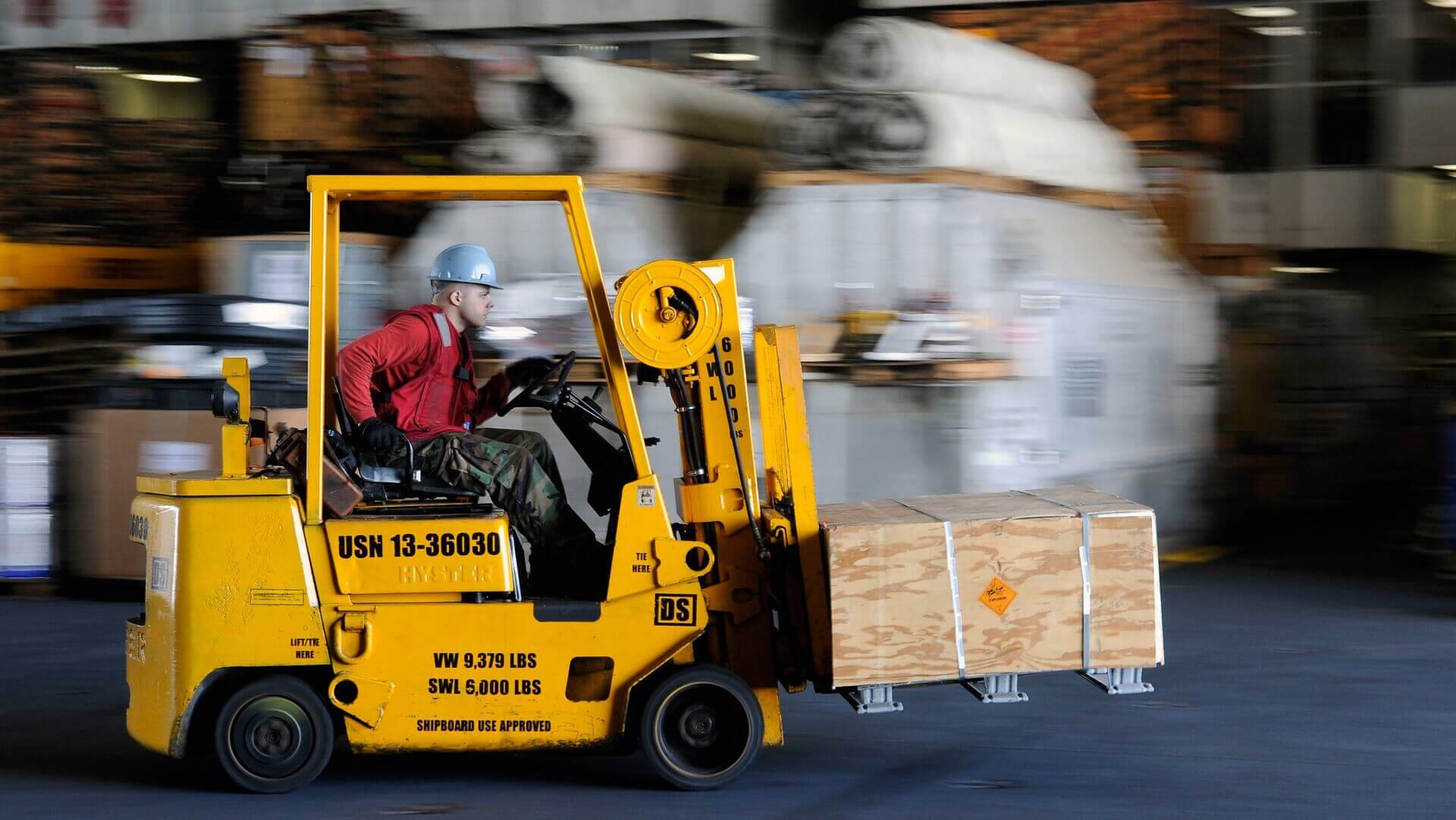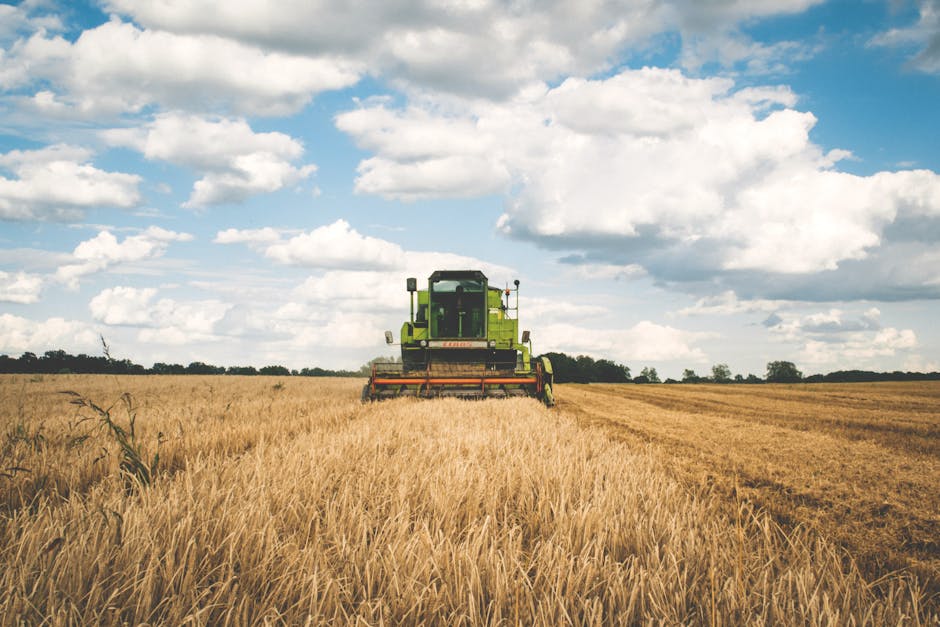Humble inventions that changed our lives for good
Few of us can imagine a world before modern conveniences, and often it’s only when they break down that we realize just how valuable they are! Anyone who’s had to do a load of laundry by hand, or faced the hassle of being carless after a breakdown can attest to that. Let’s take a look at the history of some of the labor-saving appliances and machines that we seldom take the time to appreciate.
The escalator:

Talk about something we barely notice until it isn’t working! But when you take the time to think about it, the genius of the escalator is quite apparent. It’s an endless, self-propelled staircase on a loop – letting people move between floors effortlessly. What’s even more unusual for what is essentially a mode of transport, it’s not completely useless when it breaks down – you can still use it as a stationary staircase! Not so with motor vehicles and even elevators.
While there were people toying with the idea of a moving staircase as far back as 1859, it is Jesse Reno of the USA who patented the “Endless Conveyor or Elevator” in 1892. It wasn’t actually designed to be a mode of transport, but more of a ride or piece of amusement. A man by the name of George Wheeler patented a design for a device more like that which we’d recognize today, and this was the design bought and produced by the Otis Elevator Company.
The washing machine:

The very first washing machines were barely more than a wooden barrel filled with soapy water, and would be almost unrecognizable to the busy moms and professionals of today! Officially, the invention of the washing machine is credited to American William Blackstone, although there is evidence that similar designs were already being used in Germany.
Blackstone commissioned the production of a wooden barrel and a shaft equipped with different pegs that could be cranked by hand for his wife in 1874. It wasn’t until 1908 that an electric motor was added, and it was only after the Second World War that they became considered an ‘essential’ household appliance. Today’s models, where the user has to do little more than press a button and walk away, would surely look like magic to a housewife of the 1800’s!
The humble forklift:

Few occupations are as demanding on workers than manual labor, and carting heavy goods around is not just exhausting, it can be seriously dangerous too. In today’s modern warehouses, where you find aisle upon aisle of shelves stacked high with goods awaiting shipment, managing without a fleet of trusty forklifts would be unthinkable.
The forklift as we know it today was developed during the 1960s, but it’s been a long time in the making. It can find its origins in the battery-powered lift trucks of 1906, aided with a big drive for innovation during the First World War. Their ubiquity today, whether for use on construction sites or in shipping yards, is demonstrated by forklift hire companies that give even the smallest businesses the chance to take advantage of these unassuming but hardworking little vehicles!
The microwave oven:

Whether you’re using it to reheat yesterday’s leftovers in minutes, defrost a healthy homemade meal prepared earlier, or cheating the system entirely by popping in a ready-made microwave meal, there’s no arguing that the microwave has made preparing food in a hurry a breeze!
What made the microwave such a convenience, however, was the ability to set it to a timer. This meant you could turn it on and get on with your other tasks without fear of an unattended meal getting burnt to a crisp. And while some of us are still a bit nervous of anything relating to radiation, all models have redundant safety interlocks – and a pretty long safety record by now too!
The first commercially available microwave, the “Radarange” by Raytheon, dates back to 1947. Astonishingly, it weighed 340 kilograms and was almost 1.8 meters tall. Yikes.
The combine harvester:

Appliances that help us prepare food at home are one thing, but where that food is actually grown in the first place is where it all begins. Few inventions have revolutionized life as we know it quite as much as this machine – which turned farming from a highly labor-intensive undertaking which required a large team of individuals into a relatively easy task that just one or two people could perform. Without it, crops as diverse as wheat, oats, corn, sorghum, rye, barley, soybeans, flax, sunflowers, and canola would be far more difficult and time-consuming to harvest – and food prices much, much higher than what we see today.
Take a bit of time to look around you today and be grateful for the machines and appliances that make our lives so much simpler!
